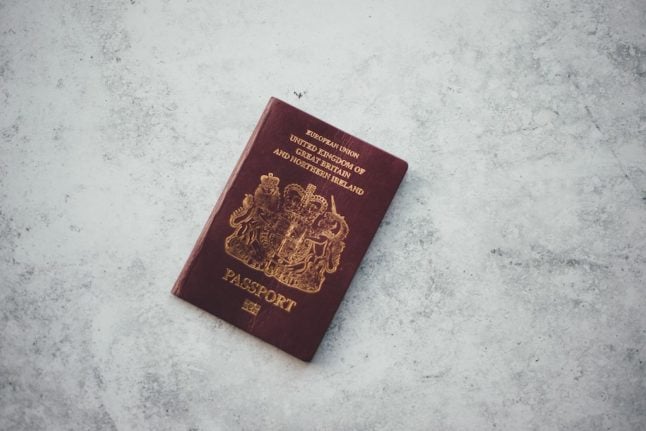TRAVEL CORRIDOR UPDATE: We are REMOVING ITALY, Vatican City state & San Marino from the #TravelCorridor list.
However, note that the implementation date is moved to 4am on SUNDAY 18 October & applies UK wide, if you arrive from these destinations you will need to self-isolate.
— Rt Hon Grant Shapps MP (@grantshapps) October 15, 2020



 Please whitelist us to continue reading.
Please whitelist us to continue reading.
Member comments